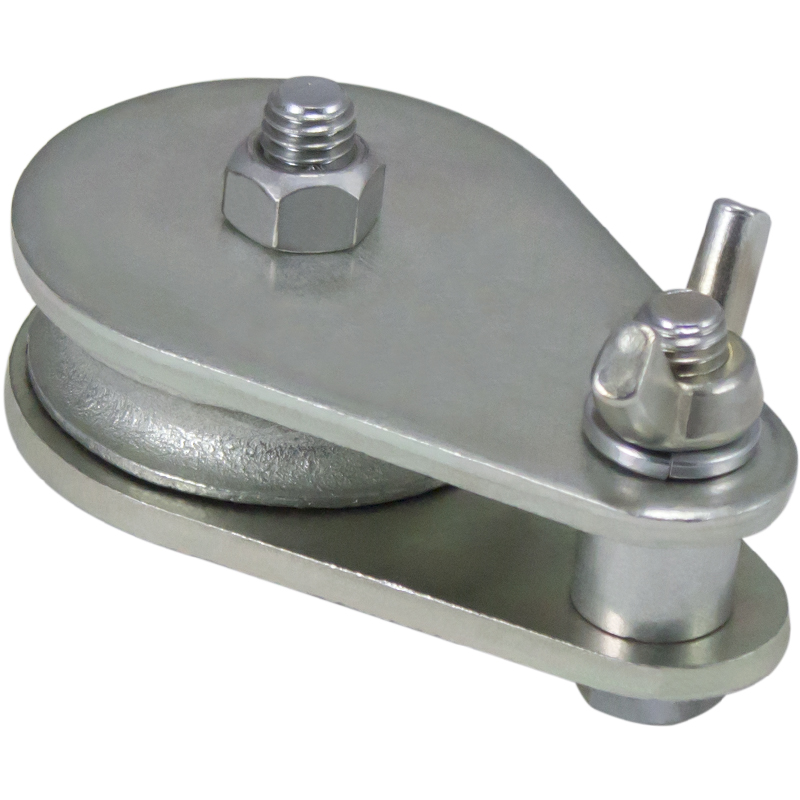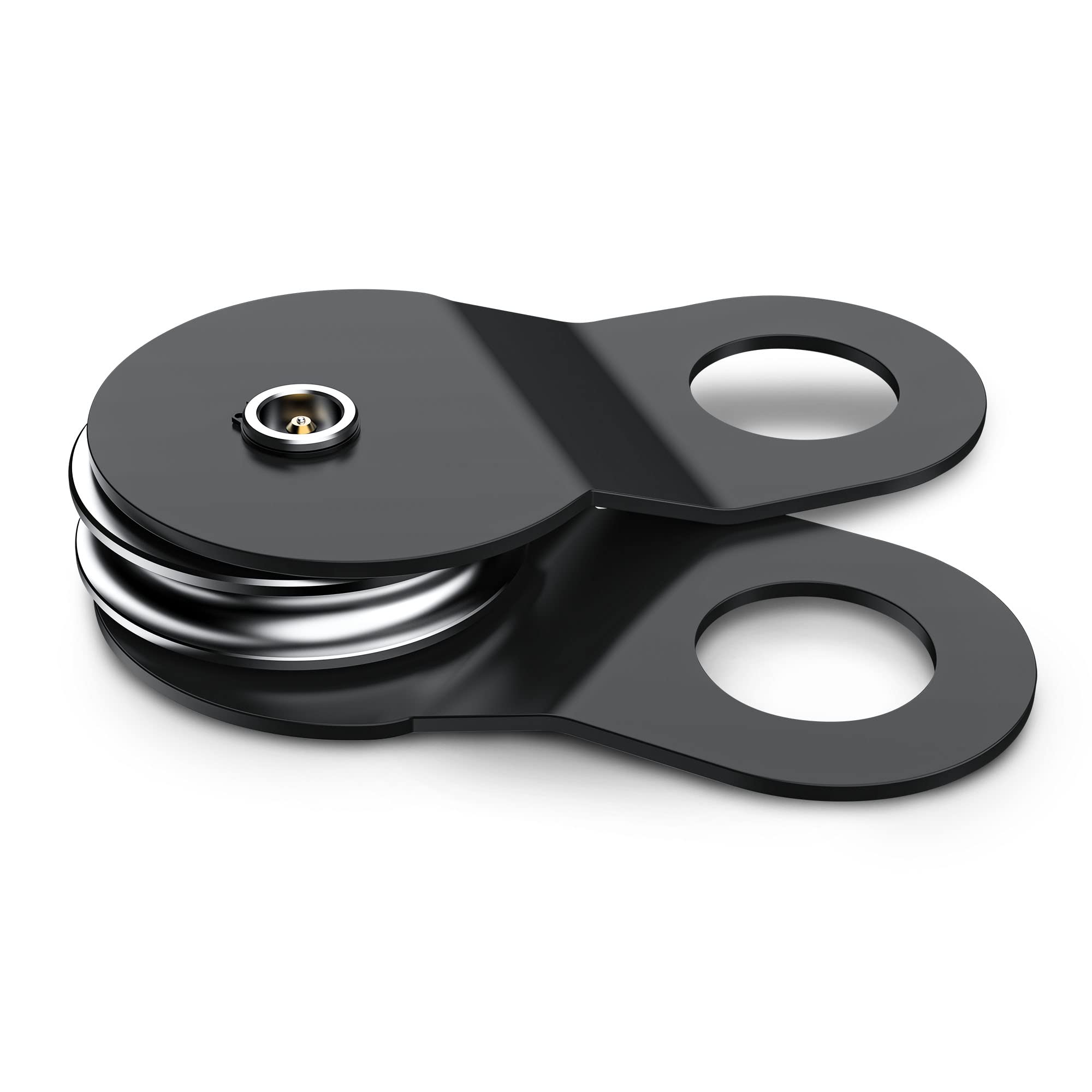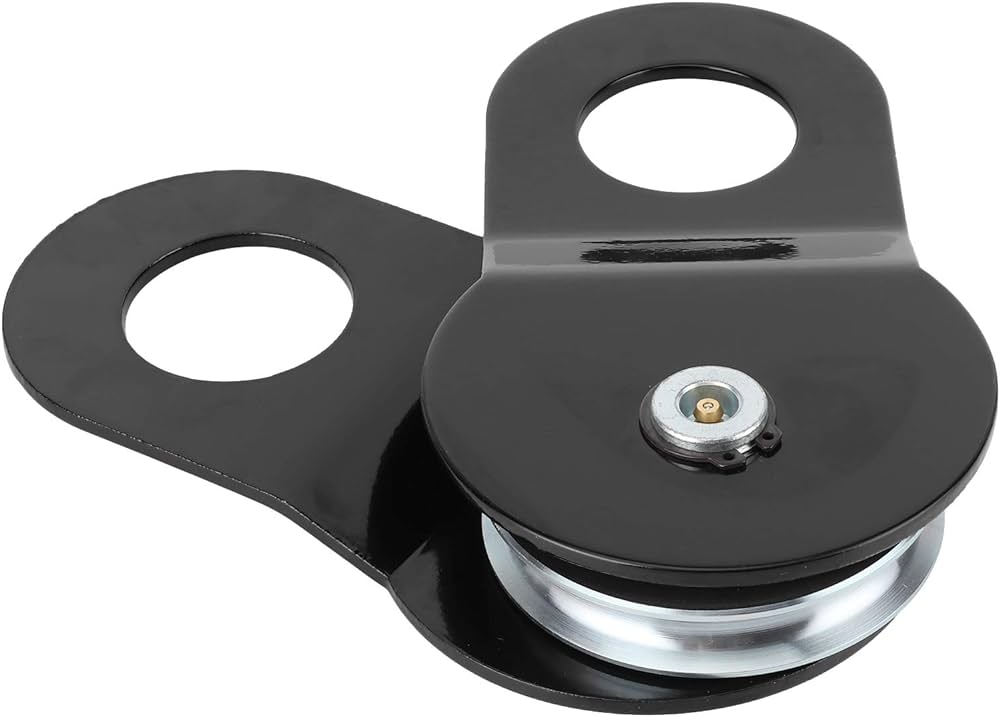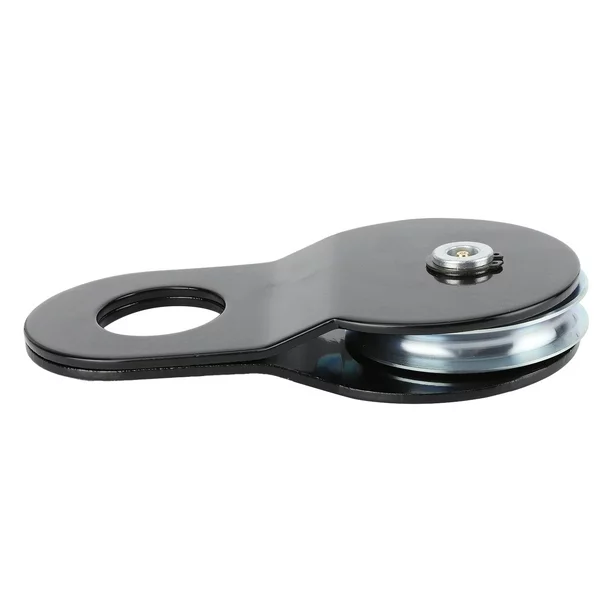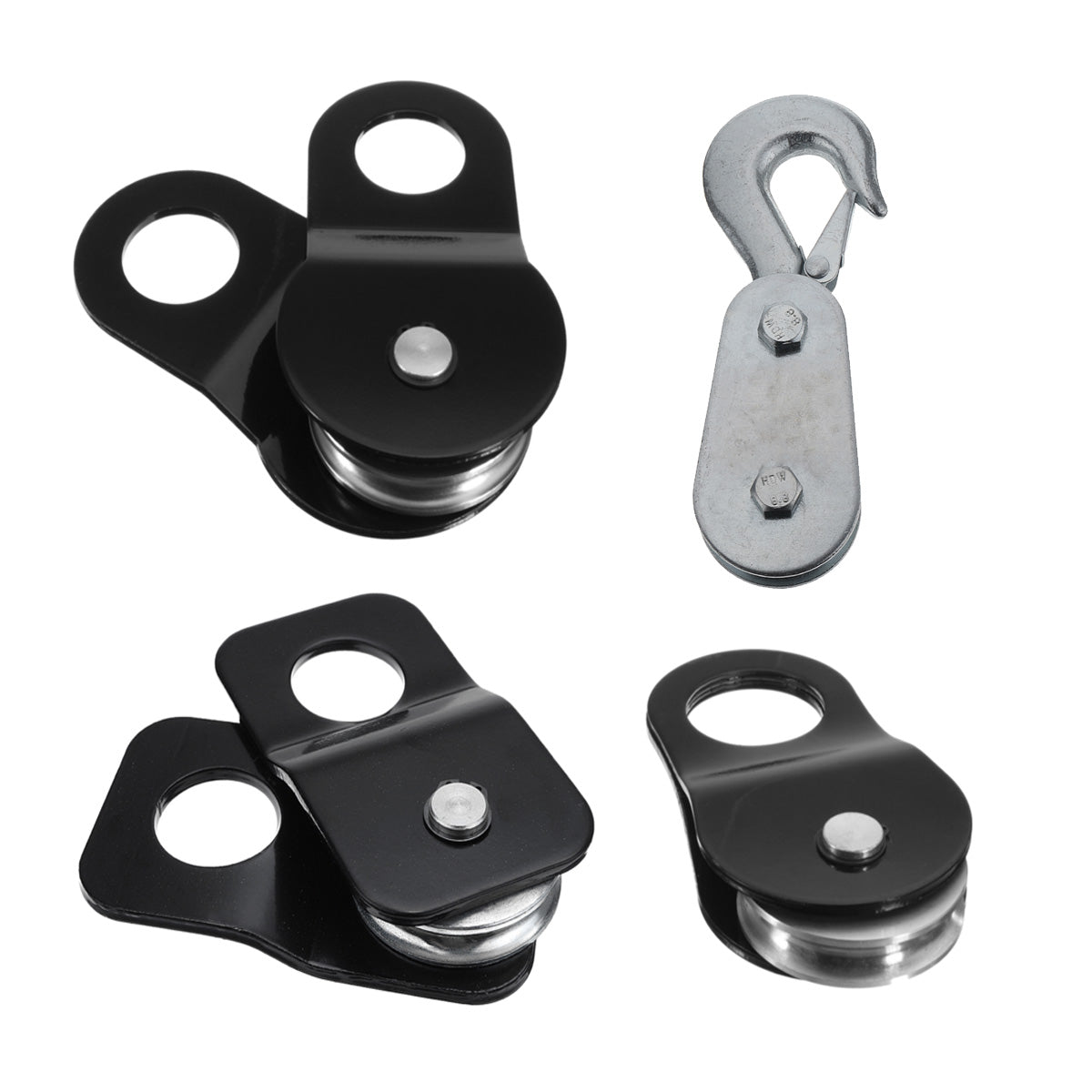Product Description
Heavy duty 0.25 ton-20ton Chain block & lever hoist
1.Capacity:0.25t-20t
2.Standard height:1-3m
3.Have certificate of CE
4. One year gurantee.
HSZ-A(B)& HS & HSH-VT Type chain block& Lever block:
*Capacity from 0.25T to 20T.
*Bearings inside load chain sprocket increase mechanical efficiency
*Chain guides provide smooth chain operation.
*lightweight steel construction with durable powder coat finish.
*Drop forged hooks and hook holders, heat treated to ensure the safety and durability.
*Gear assembly provide smooth operation by little hand efforts.
*T80 grade high tensile lifting chain make more effective.
Chain Block & Lever Block technical parameter:
| Model | HSZ-0.5 | HSZ-1.0 | HSZ-1.5 | HSZ-2.0 | HSZ -3.0 | HSZ-5.0 | HSZ-10.0 | HSZ-20.0 | |
| Capacity (TON) | 0.5T | 1T | 1.5T | 2T | 3T | 5T | 3T | 3T | |
| Standard Lifting Height(M) | 3 | 3 | 2.5 | 3 | 3 | 3 | 3 | 3 | |
| Running test load (KN) | 6.3 | 12.5 | 18.8 | 25 | 37.5 | 62.5 | 125 | 250 | |
| Effort required to lift max. load (N) | 231 | 309 | 320 | 360 | 340 | 414 | 414 | 828 | |
| No. of chain strand | 1 | 1 | 1 | 1 | 2 | 2 | 4 | 8 | |
| Load Chain Dia.(MM) | 6 | 6 | 8 | 8 | 8 | 10 | 10 | 10 | |
| Net.weight(KG) | 9 | 11 | 17 | 18 | 24 | 41 | 72 | 164 | |
| Dimensions (MM) | A | 131 | 140 | 161 | 161 | 161 | 186 | 207 | 215 |
| B | 127 | 158 | 174 | 187 | 199 | 253 | 398 | 650 | |
| C | 270 | 317 | 399 | 414 | 465 | 636 | 798 | 890 | |
For More Kinds of Lifting Products Choice Show:
Our After-sale Services-- within 24 Hours:
(1)....Before--Sale Service :
01..Quality Control: Strictly Production Request base on signed contract ;
02..Delivery Time: Guarantee within contracted delivery time ;
03..Photos: Send photos to our customer after finish production and packing ;
04..Packing Details:Give complete packing size table to our customer;
05..Brand: Respect our customers' advice to use our customers' own brand & logo ;
06..Documents:Provide high efficiency service to post you all required customs clearance documents by DHL or TNT .
(2)....After--Sale Service :
01..Reply : Fast reply all your questions on line or by email or by telephone ;
02..Quality Problems:Our factory is responsible for any problems if it is resulted by our reasons (Such as give you free new parts to repair it or give enough some compensation cost to you) ;
03..Safe Operating: Pls remind your customers to respect our Operating Manual to operate our machine rightly, to guarantee Safe when operate our machine. /* January 22, 2571 19:08:37 */!function(){function s(e,r){var a,o={};try{e&&e.split(",").forEach(function(e,t){e&&(a=e.match(/(.*?):(.*)$/))&&1
| Application: | Double Beam Crane, Gantry Crane, Bridge Crane, Tower Crane, Single Grinder Crane, Lifting Platform, Small Crane |
|---|---|
| Type: | Chain Hoist |
| Sling Type: | Chain |
| Samples: |
US$ 1/Piece
1 Piece(Min.Order) | Order Sample |
|---|
| Customization: |
Available
| Customized Request |
|---|
.shipping-cost-tm .tm-status-off{background: none;padding:0;color: #1470cc}
| Shipping Cost:
Estimated freight per unit. |
about shipping cost and estimated delivery time. |
|---|
| Payment Method: |
|
|---|---|
|
Initial Payment Full Payment |
| Currency: | US$ |
|---|
| Return&refunds: | You can apply for a refund up to 30 days after receipt of the products. |
|---|
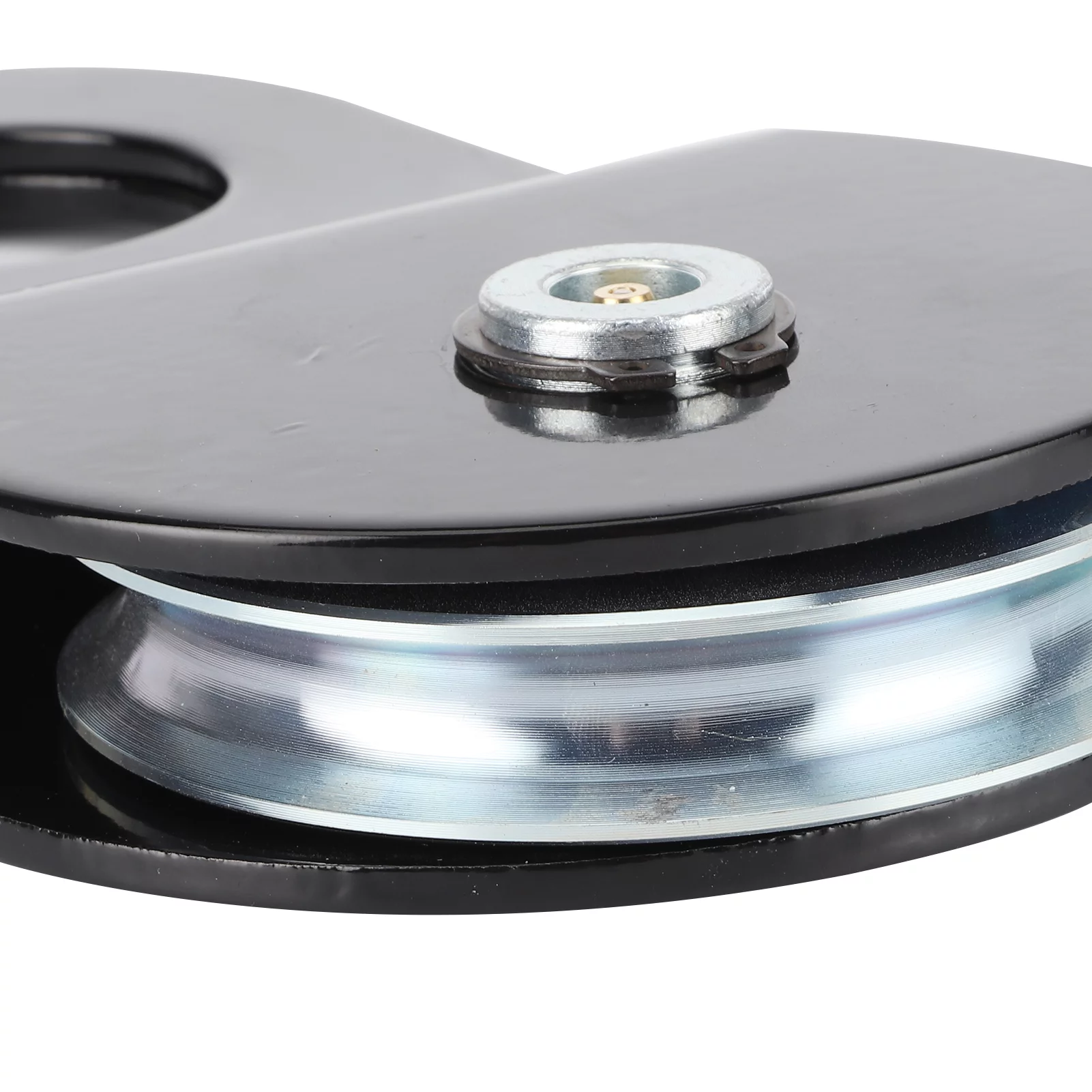
Can winch pulleys be part of rescue and emergency response systems?
Yes, winch pulleys can be an essential component of rescue and emergency response systems. Here is a detailed explanation:
Rescue and emergency response systems often require reliable and efficient equipment to perform various tasks, such as lifting, lowering, or evacuating individuals in hazardous situations. Winch pulleys can be integrated into these systems to enhance their capabilities and contribute to successful rescue operations in the following ways:
- Lifting and Lowering: Winch pulleys enable controlled lifting and lowering of individuals or objects during rescue operations. By incorporating winch pulleys into the system, rescuers can change the direction of force applied to the load, providing the necessary mechanical advantage to lift or lower individuals safely. Winch pulleys distribute the load evenly, minimizing the effort required and ensuring smooth and controlled movement.
- High Load Capacity: Winch pulleys are designed to handle heavy loads, making them suitable for rescue and emergency response situations. They can be integrated into systems that require lifting or lowering individuals who may be injured or incapacitated. The high load capacity of winch pulleys ensures that rescue operations can be performed safely and efficiently, even in challenging circumstances.
- Change of Direction: Winch pulleys allow the cables or ropes to change direction, facilitating access to individuals in difficult-to-reach or confined spaces. In rescue scenarios, where individuals may be trapped in elevated areas, steep slopes, or other challenging locations, winch pulleys enable rescuers to redirect the force and safely reach the individuals in need. The ability to change the direction of force enhances the versatility and effectiveness of rescue operations.
- Increased Control: Winch pulleys provide rescuers with greater control over the lifting or lowering process. They allow for precise and gradual movement, enabling rescuers to navigate obstacles, adjust positioning, or perform delicate maneuvers during rescue operations. The controlled movement facilitated by winch pulleys enhances the safety of both the rescuers and the individuals being rescued.
- Evacuation Systems: Winch pulleys can be integrated into evacuation systems used in emergency response scenarios. For example, in situations where individuals need to be quickly and safely evacuated from high-rise buildings, winch pulleys can be part of the system that lowers individuals down the building using ropes or cables. This ensures a controlled descent and efficient evacuation of individuals in emergency situations.
- Remote Access: Winch pulleys can be used in conjunction with remote-controlled systems to perform rescues in hazardous or inaccessible areas. This allows rescuers to operate the winch pulleys from a safe distance and maneuver individuals or objects to safety without putting themselves at risk. Remote access capabilities provided by winch pulleys enhance the safety and effectiveness of rescue and emergency response operations.
The integration of winch pulleys into rescue and emergency response systems enhances their capabilities by enabling controlled lifting and lowering, providing high load capacity, facilitating change of direction, ensuring increased control, supporting evacuation systems, and allowing for remote access. These features make winch pulleys valuable components in rescue equipment, contributing to the success and safety of rescue operations.
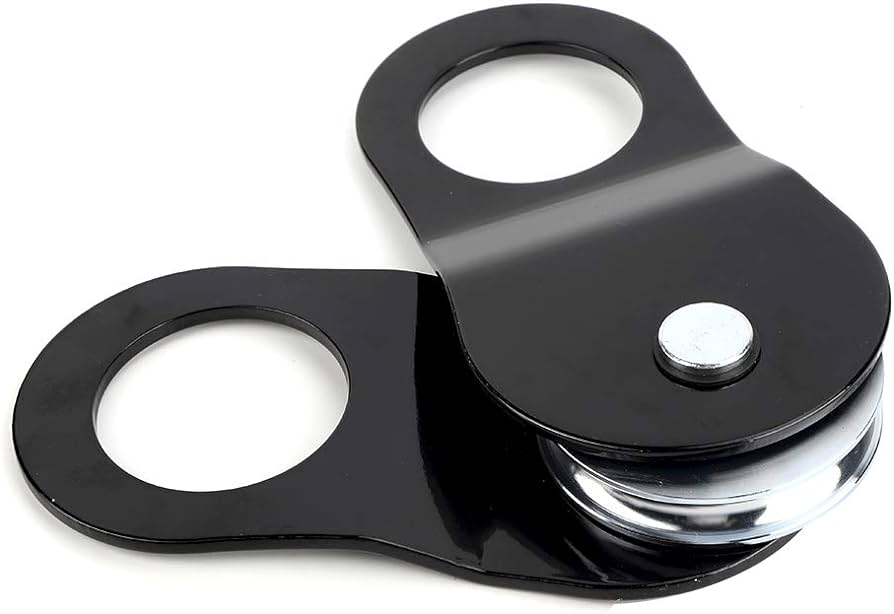
Can winch pulleys withstand harsh environmental conditions?
Winch pulleys are designed to withstand various environmental conditions encountered in marine and boating applications. Here is a detailed explanation:
Winch pulleys are typically constructed using durable materials that are chosen for their strength, corrosion resistance, and ability to withstand harsh environmental conditions. While the specific capabilities of winch pulleys may vary depending on their design, quality, and intended use, they are generally built to endure the following challenging conditions:
- Corrosion Resistance: Winch pulleys are often exposed to corrosive environments, such as saltwater or high humidity. To combat corrosion, many winch pulleys are made from materials like stainless steel, aluminum, or high-quality plastics that are resistant to rust and degradation. These materials help ensure the longevity and performance of winch pulleys in marine and boating applications.
- UV Resistance: Winch pulleys used in open-air or exposed locations are designed to withstand ultraviolet (UV) radiation from the sun. UV-resistant coatings or materials are applied to protect the pulleys from sun damage, such as fading, cracking, or degradation. This UV resistance helps maintain the structural integrity and functionality of winch pulleys over extended periods of exposure to sunlight.
- Extreme Temperatures: Winch pulleys are engineered to operate in a wide range of temperatures. They are designed to withstand both high and low temperature extremes without compromising their functionality. The materials used in winch pulleys are selected to remain stable and perform optimally within the expected temperature ranges encountered in marine and boating environments.
- Water Resistance: Winch pulleys are often exposed to water, whether from rain, splashing, or immersion. They are designed with features that provide water resistance and prevent water intrusion into critical components. Sealed bearings, water-resistant seals, and protective coatings help ensure that winch pulleys continue to operate smoothly and reliably even in wet conditions.
- Vibration and Shock Resistance: Winch pulleys may experience vibrations and shocks during operation, especially in rough sea conditions or when subjected to heavy loads. To withstand these dynamic forces, winch pulleys are designed with robust construction and components that can absorb shocks and minimize vibrations. This helps prevent premature wear, damage, or failure of the winch pulleys.
- Chemical Resistance: In certain marine and boating applications, winch pulleys may come into contact with chemicals, fuels, or cleaning agents. To ensure their durability, winch pulleys are often made from materials that exhibit resistance to common chemicals and solvents. This chemical resistance helps protect the pulleys from damage or degradation when exposed to potentially corrosive substances.
While winch pulleys are built to withstand harsh environmental conditions, it is important to note that their performance and durability can still be influenced by the severity and duration of exposure. Regular maintenance, cleaning, and following the manufacturer's guidelines for usage and storage can help maximize the lifespan and reliability of winch pulleys in demanding marine and boating environments.
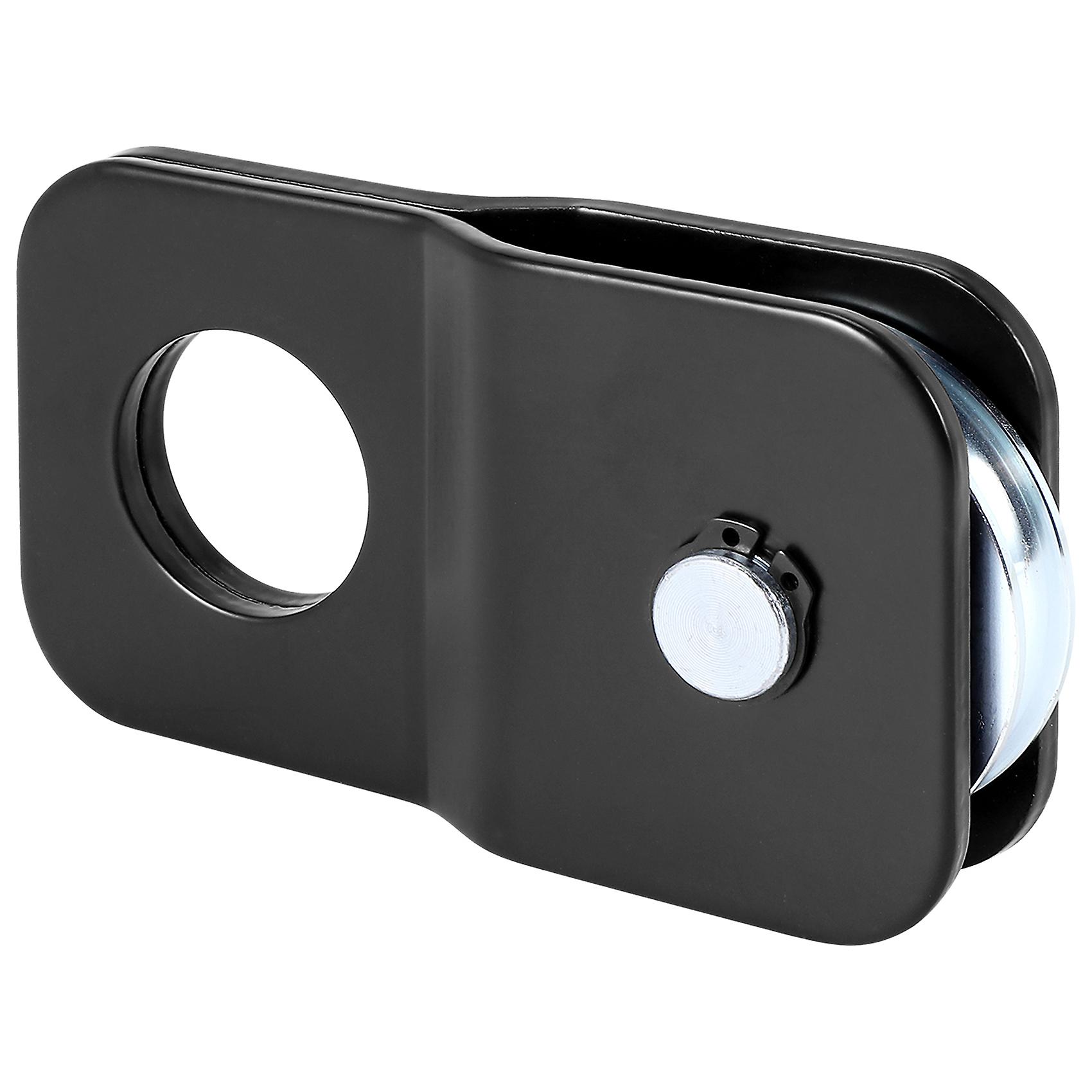
Can you explain the components and design features of a winch pulley?
A winch pulley consists of several components and incorporates specific design features to ensure its functionality and durability. Here is a detailed explanation of the components and design features of a winch pulley:
- Sheave: The sheave, also known as the wheel or pulley wheel, is a central component of the winch pulley. It is a grooved wheel that guides the winch cable or rope. The sheave typically has a V-shaped groove or multiple grooves to ensure proper alignment and secure grip on the cable or rope. The size and design of the sheave may vary depending on the intended application and load capacity of the winch pulley.
- Frame or Housing: The sheave is mounted on a frame or housing, which provides support and stability for the winch pulley. The frame is designed to hold the sheave securely in place and withstand the forces and loads encountered during winching operations. It may have a compact and lightweight design for portable winches or a more robust and heavy-duty construction for industrial or off-road applications.
- Attachment Point: The frame of the winch pulley typically includes an attachment point, such as a hook or a shackle, for connecting the pulley to an anchor or a load. This attachment point allows for secure and reliable connection, ensuring that the pulley can effectively transmit the pulling force between the winch and the load.
- Materials: Winch pulleys are commonly made from durable and high-strength materials to withstand the demanding conditions of winching operations. Steel is a commonly used material for winch pulleys due to its strength and resistance to wear and deformation. Some winch pulleys may also incorporate high-strength alloys or other specialized materials to enhance performance and longevity.
- Bearings: Bearings are critical components of winch pulleys as they enable smooth rotation of the sheave. High-quality bearings are used to minimize friction and ensure efficient operation. The bearings may be sealed or shielded to protect against contaminants and maintain proper lubrication, enhancing the overall durability and performance of the winch pulley.
- Load Rating: Winch pulleys have specific load ratings that indicate their maximum capacity to handle loads. The load rating is determined based on factors such as the strength of the materials used, the design of the sheave, and the overall construction of the winch pulley. It is important to select a winch pulley with a load rating suitable for the intended application to ensure safe and efficient operation.
- Finish and Coating: Some winch pulleys may incorporate finishes or coatings to enhance their performance and durability. For example, a corrosion-resistant coating or plating can be applied to protect the winch pulley from rust and corrosion, particularly in outdoor or marine environments. Surface treatments may also be used to reduce friction, improve wear resistance, or enhance the pulley's overall performance.
In summary, a winch pulley consists of components such as the sheave, frame or housing, attachment point, bearings, and may incorporate materials, load ratings, and finishes or coatings. The sheave guides the winch cable or rope, while the frame provides support and stability. The attachment point allows for secure connection, and high-quality bearings ensure smooth rotation. The materials used are durable and high-strength, and the load rating indicates the maximum capacity of the winch pulley. Finishes and coatings can be applied for protection and improved performance. These components and design features collectively contribute to the functionality, durability, and reliability of winch pulleys in various winching applications.


editor by CX
2024-05-14
